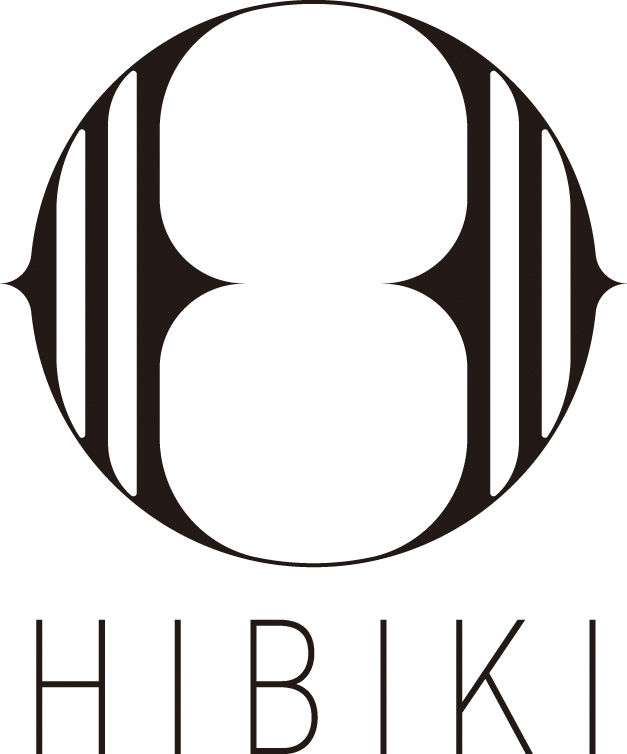

おうちで工芸 Q&A
西陣織
Nishijin-ori
【おうちで工芸2021 伝統工芸Q &A 18 】
質問テーマ「西陣織」
Q. 西陣織に使われている糸は何種類くらいありますか?
A. 私がよく織っている爪掻本綴織の筬(40羽/寸)では
「経糸」は、21中15×2のS撚りの双撚り(もろより)
「緯糸」は、21中18×2のZ撚りの双撚りの絹糸を使用することが多いです。
綴は織組織の構造上、西陣の中では珍しく、糸のバラエティが極端に少ない部門です。
西陣では、どのような作品を製織するか、絹糸の作り方からこだわります。
糸の太さ、撚り方向、撚りの回転数、何本を合わせて撚るか、精練方法など、一言に絹と言っても組み合わせで、無限の糸が出来ます。
経糸と緯糸も、撚り方向をわざと逆にしたり、太さも撚りも変えることでの織ったときの風合いを追求しています。
また、一つの作品の中に複数の糸を混ぜることにより、生地の変化を魅せることもあります。
西陣業界には生糸を仕入れる製糸屋さん、糸を撚る撚糸屋さんがいらっしゃって、生糸からオーダーメイドで、それぞれの織り糸にするのです。
そのため、よく使われる糸はあっても何種類と決まっていません。
これからもメーカーさんの研鑽で種類は増えるでしょうし、絹以外の素材もこれから増えてきて、無限と言ってよいでしょう。
[回答者 西陣織爪掻き本綴れ織 中尾友美]
中尾友美 | 京もの認定工芸士会「響」 (kyomonohibiki.wixsite.com)
Q: Around how many types of threads are used for Nishijin-ori?
A: For the reed in looms (40 teeth/3.03 cm) for tsumekaki hon tsuzure-ori, which I often weave, I frequently use silk thread of the following specifications: an S twisted double twist with an average denier of 21, 15 x 2 for the warp, and a Z twisted double twist with an average denier of 21, 18 x 2 for the weft.
The structure of the woven patterns used in tsuzure is unusual for Nishijin-ori, only using an extremely small number of varieties for thread. In Nishijin-ori, we are very particular about how thread is produced and what is to be woven. The thickness of the thread, the direction in which it is spun, the number of turns for twisting, the number of threads to be twisted together, scouring methods; although such threads are made from silk, combining different factors produces infinite types. We also try to create different woven textures by twisting the thread in the opposite direction and changing the thickness and other factors for the warp and weft. Furthermore, sometimes we show off transitions in fabric by mixing different threads when making one piece.
The Nishijin-ori industry has spinning shops that buy raw silk and twisting shops that produce twisted thread, producing their own types of custom threads. As a result, there may be threads that are used frequently, but there is no set number of variations. Types of threads will likely increase as a result of manufacturers' efforts, including materials other than silk, so I would say that it is an infinite number.
(Answered by Nishijin-ori tsumekaki hon tsuzure-ori artisan Yumi Nakao)
